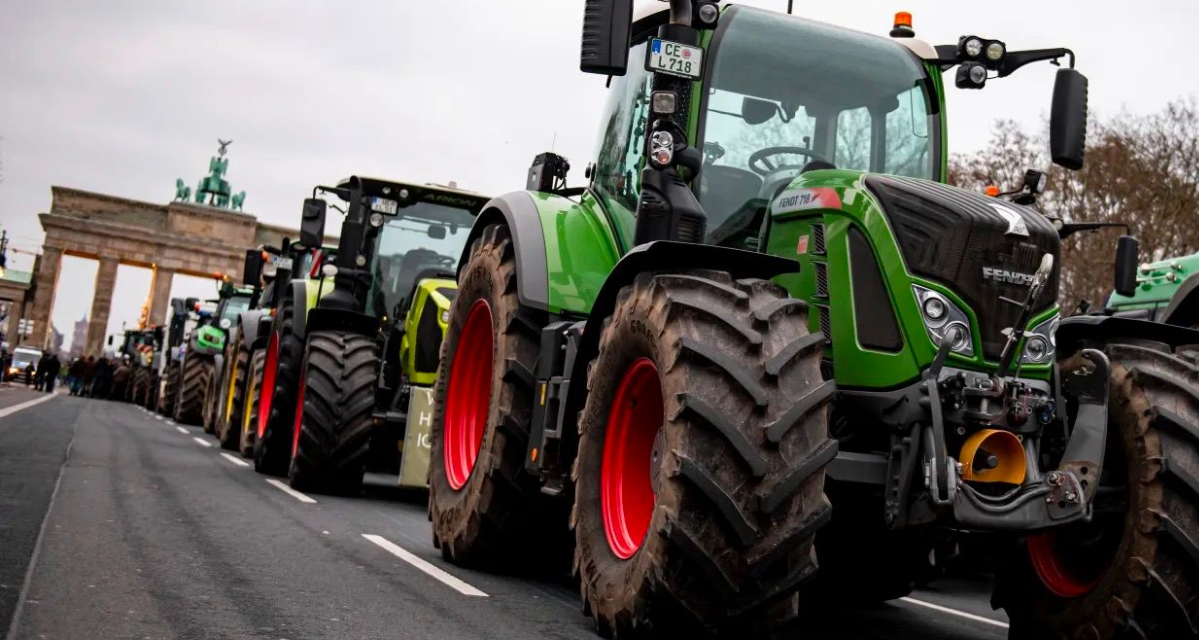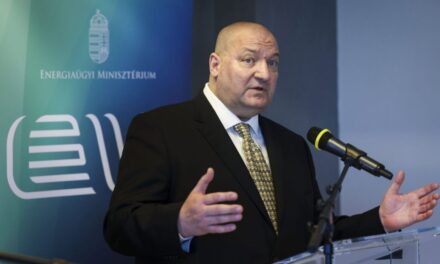Scholars have documented in detail the economic factors that drive rural areas away from cities.
From the end of 2023 to the spring of 2024, farmers flooded capitals across Europe to voice their disapproval of national and EU policies. Tractors rolled down the boulevards as protesters blocked the streets and caused destruction. The anger also reached the heart of the EU, where protesters brought Brussels city center to a standstill and threw eggs at the European Parliament building.
Protesters had many concerns, but chief among them was the European Green Deal launched by the European Commission in 2019, a package of policy initiatives that included further restrictions on the use of pesticides, a ban on internal combustion engines and protection of biodiversity - all of which measures entailed costs for farmers.
Many farmers also saw the need for stricter requirements for the agricultural sector to reduce greenhouse gas emissions as a threat to their livelihoods. Due to EU parliamentary elections scheduled for June, the protests unsettled many politicians and led to the withdrawal of some planned legislative changes.
However, the demonstrations did not only represent the dissatisfaction of the farmers. A deeper problem was the manifestations of the growing gap between rural areas and cities in Europe. This gap continues to widen as discontent grows in rural communities, which make up a quarter of Europe's population
- Foreign Affairs .
Scholars have documented in detail the economic factors that drive rural areas away from cities. These include long-standing economic inequalities exacerbated by poorly conceived or poorly implemented policies that often leave rural residents feeling ignored or disrespected.
Globalization has reshaped the geography of people's work, and cities have siphoned off young talent and labor from rural areas, leading to the withering and aging of rural societies. As a result, the income and employment gap between rural and urban areas has continued to widen over the past decade. Lower income levels and lack of employment opportunities increased rural discontent. The recent European livelihoods crisis, which has seen the price of many essential items, including food and fuel rise, has further deepened these persistent inequalities.
But politicians and elites paid less attention to the growing political and cultural divide between Europe's rural and urban populations. Many rural people do not feel that their government recognizes their needs or cares about them. This growing "recognition gap" can have serious consequences. It fuels discontent among rural people, weakens social cohesion, and provides fertile ground for the rise of far-right populism among a population that already tends to embrace more traditional and conservative values.
A similar divide can be seen in the United States, where tensions between urban and rural populations contribute to political and cultural polarization over issues such as abortion, same-sex marriage and views of presidential candidate Donald Trump. This erosion of social cohesion poses a critical challenge to the stability of many Western democracies and will only become more dangerous if left unaddressed.
The entire article can be read on the Index!
Featured image: German farmers' demonstration in Berlin last December/Source: X/RT













